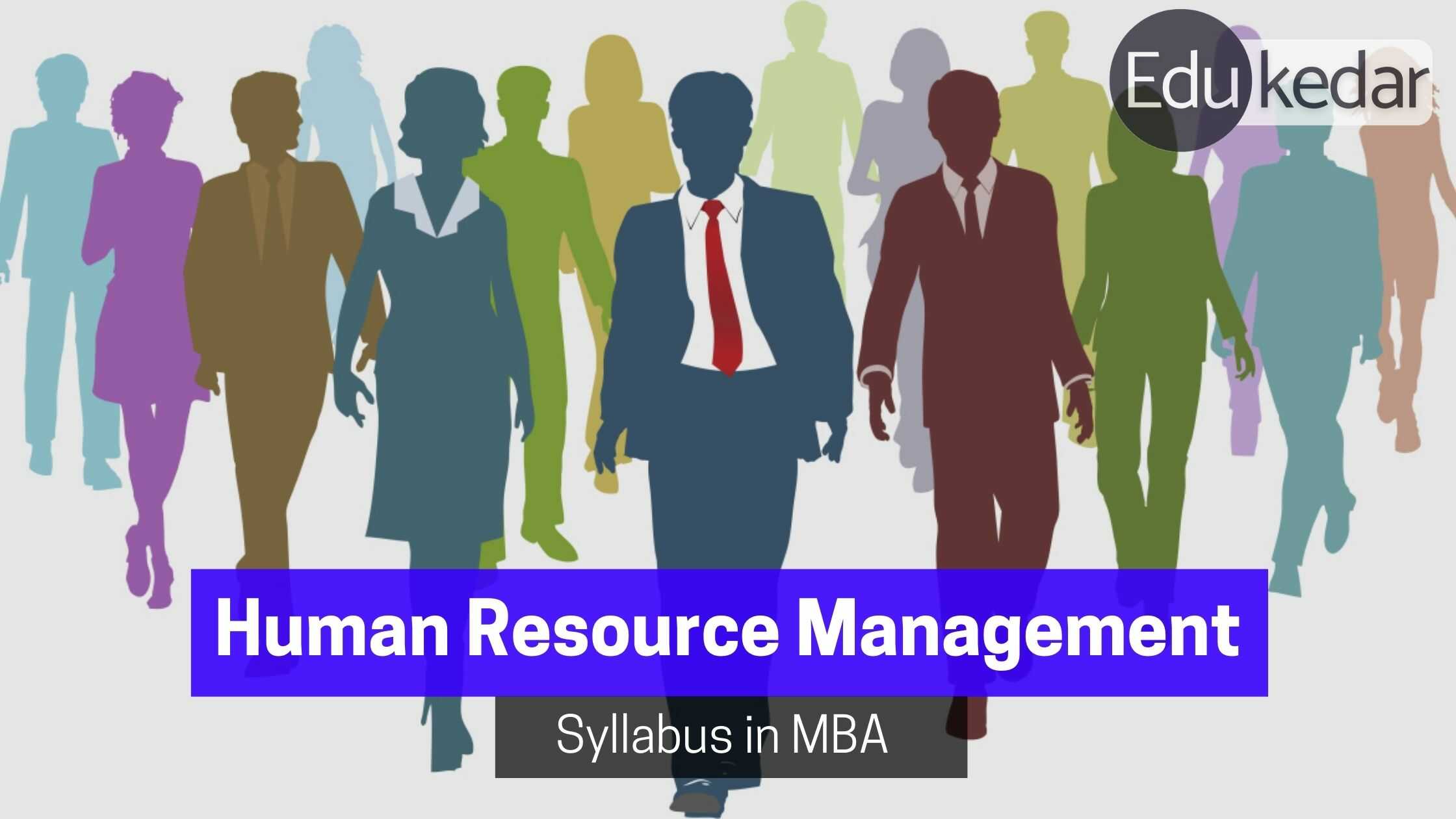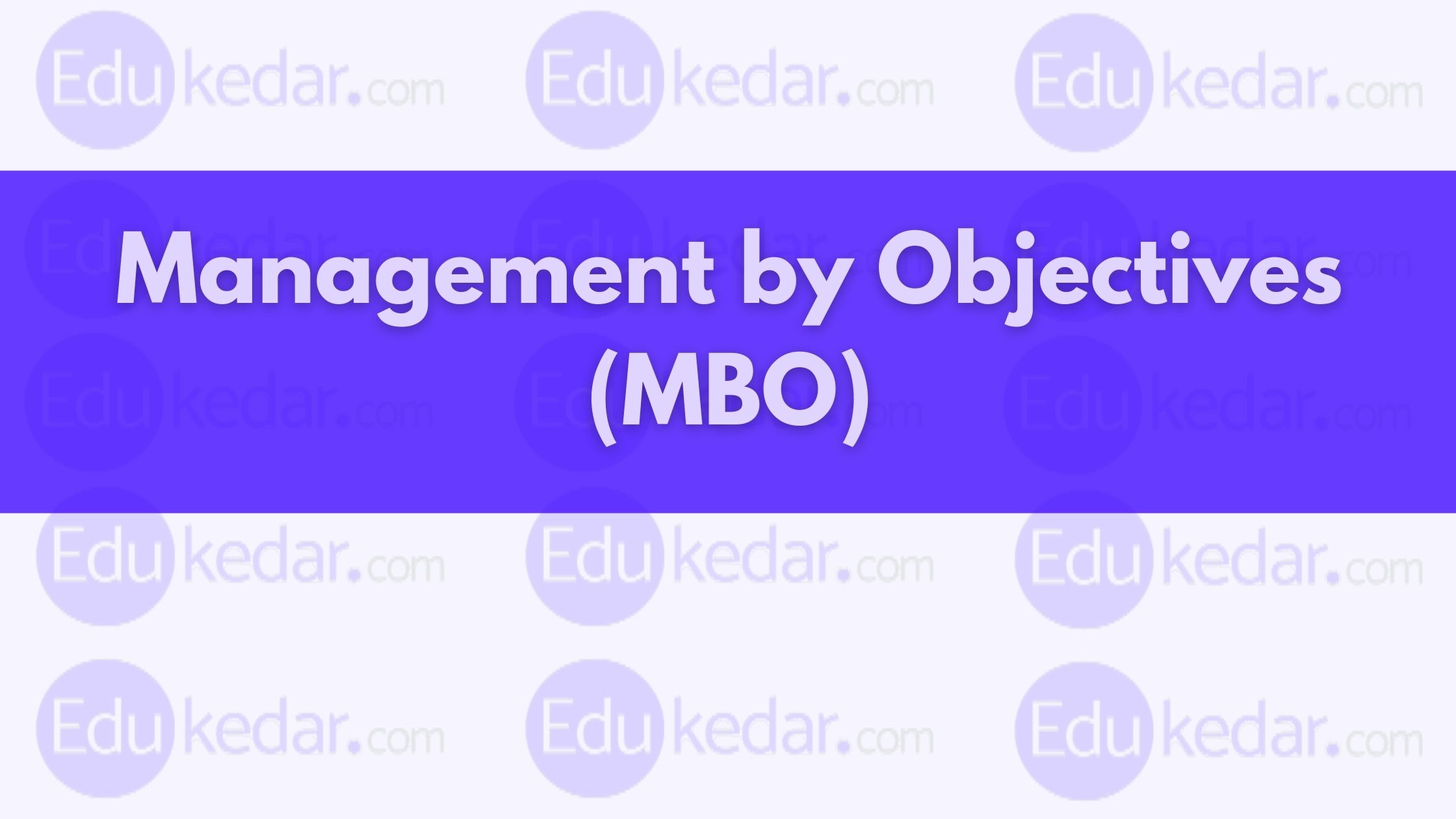Human Resource Management Syllabus in MBA
Human Resource Management, in short, HRM is an important subject in management study and courses like PGDM, MBA, B.com, M.com, BBA, ..etc. Here we...
Organisational Behaviour Syllabus in MBA
Organisational Behaviour, in short, OB is an important subject in management study and courses like PGDM, MBA, B.com, M.com, BBA, ..etc. Here we have...
Recursion Function in Python With Examples (Basic Introduction)
Recursion simply means the process of repeating items in a self-similar way. The recursion function in python or any other programming language allows you...
Skills of HR Manager: 7 Key Qualities of Human Resource Professionals
HR Managers are mainly responsible for managing the routine functions of the Human Resources of the organization. Effective utilization of human resources depends very...
Management as a Science or Art or Profession (Explained with Examples)
Management must be analyzed with different aspects in terms of Management as a science and art to know the essential nature of management. Also,...
Managerial Skills: Types, Definition, Levels & Examples in Management
Managerial skills can be defined as certain abilities that a manager/executive should possess in order to fulfill specific tasks in an organization.
From the very...
10 Roles of Manager: Managerial Roles by Henry Mintzberg
Roles of Manager refers to the responsibilities of managerial position, Mintzberg has defined the roles of managers to identify what managers do in the...
Human Resource Planning: Objective, Benefits, Importance, HRP Process
Human Resource Planning, in short HRP, basically deals with forecasting additional human resources required in an organization in the future. HR planning is required...
Steps in Planning Process in Management: Business Strategic Plans
As we have shared in our previous articles, Planning is the primary function of management. Planning refers to that activity when we decide in...
Management by Objectives (MBO): Definition, Process & Advantages
Management by objectives, in short, MBO is a popular managerial approach used by organizations to facilitates their daily operations and task so that the...











